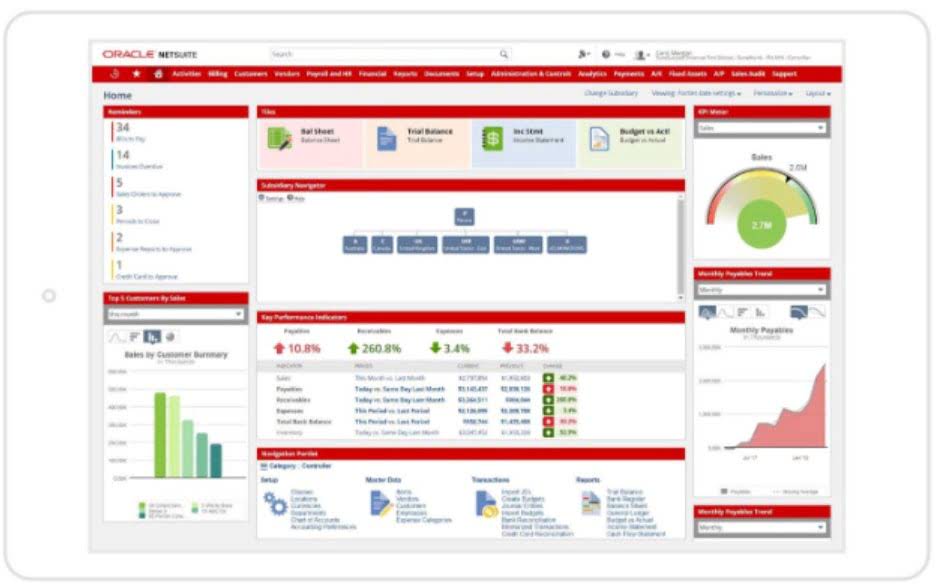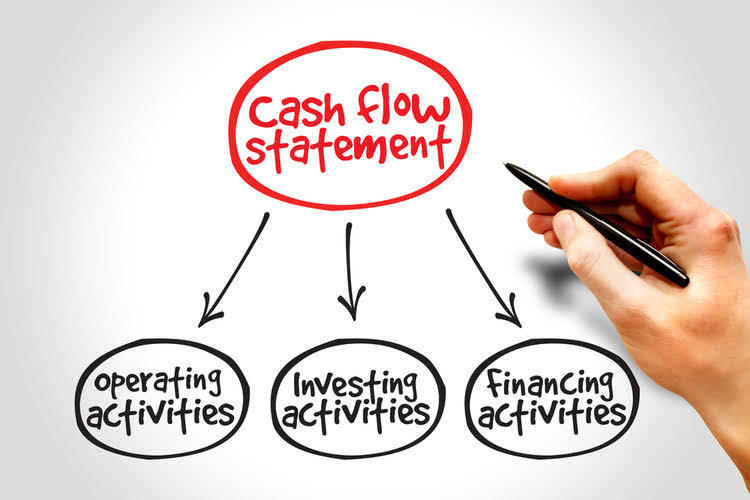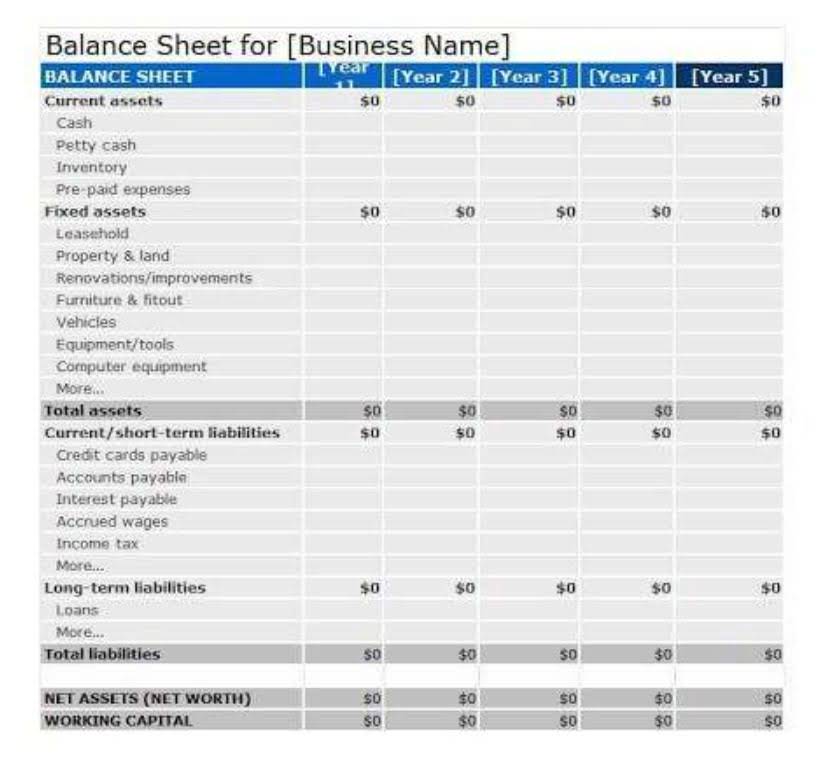Consider a scenario where a business purchases $5,000 of equipment by taking a loan and then earns $2,000 in revenue. At Financopedia, we’re committed to assisting small businesses and individuals with their finances and taxes. For more information about finance and accounting view more of our articles. As a result, companies need to keep track of their expenses and losses.
Rules of debit and credit
- High-yield savings account rates fluctuate all the time, and so does the definition of a competitive rate.
- A healthy company will have more assets than liabilities, and will therefore have a net positive cash flow.
- In double-entry bookkeeping, the left and right sides (debits and credits) must always stay in balance.
- Meanwhile, liabilities, revenue, and equity are decreased with debit and increased with credit.
Think of these as individual buckets full of money representing each aspect of your company. If there’s one piece of accounting jargon that trips people up the most, it’s „debits and credits.“ Finally, you will record any sales tax due as a credit, increasing http://teplovdome2.ru/story-sovety/how-to-blog-a-builder-topics-to-communicate-with-your-audience.html the balance of that liability account. Accounts Receivable is an asset account and is increased with a debit; Service Revenues is increased with a credit. The data in the general ledger is reviewed, adjusted, and used to create the financial statements.
- As you pay down the debt, the interest charged each day decreases.
- The assumption behind analyzing a project based on its incremental cash flows aligns with the stand-alone principle.
- CIT Savings Connect has among the highest APYs we’ve seen for an account with no account fees or minimum balance requirement (though a $100 initial deposit is required to open it).
- Debits and credits form the backbone of all accounting systems.
- Opting for a low-cost mobile carrier could lower your phone bill, while comparing rates from different insurance providers might lead to cheaper car insurance.
- Paying off the debt with the highest interest rate first means you’ll pay less over time.
Debits vs. Credits: A Final Word
- EverBank Performance Savings has one of the top APYs on our savings account radar, especially among accounts that require no minimum deposit.
- For example, if a company wanted to increase its inventory (an asset), it would make a journal entry to debit inventory and credit cash (another asset).
- What makes Zoho Books particularly appealing is its automation features—automatic bank feeds, reconciliation, and custom workflows reduce manual entry and the possibility of errors.
- The rate is then applied to the particular employer’s estimated payroll for each of the job classifications for the upcoming policy year.
Contra asset accounts and contra expense accounts will also have credit balances. From firsthand experience, the simplicity of setting up and navigating FreshBooks is noteworthy. It allows for effortless tracking of billable time and expenses, and converts these into professional invoices with a few clicks. FreshBooks handles debits and credits seamlessly within its double-entry accounting, providing automatic checks and balances that ensure your books are always accurate and up-to-date. The accounting method under which revenues are recognized on the income statement when they are earned (rather than when the cash is received). Temporary accounts (or nominal accounts) include all of the revenue accounts, expense accounts, the owner’s drawing account, and the income summary account.
Is There an Easy Way to Remember Normal Balances for Accounts?
He has been the CFO or controller of both small and medium sized companies and has run small businesses of his own. He has been a manager and an auditor with Deloitte, a big 4 accountancy firm, and holds a degree from Loughborough University. When we’re talking about Normal Balances for Revenue accounts, we assign a Normal Balance http://stroibloger.com/using-plastic-cellars-for-wine-storage-pros-and-cons/ based on the effect on Equity. Because of the impact on Equity (it increases), we assign a Normal Credit Balance. We want to specifically keep track of Dividends in a separate account so we assign it a Normal Debit Balance. The key to understanding how accounting works is to understand the concept of Normal Balances.
All you really need is a rate that’s competitive with the rates of other top online banks. Here are some of the key factors to bear in mind when choosing a high-yield savings account. EverBank Performance Savings has one of the top APYs on our savings account radar, especially among accounts that require no minimum deposit.
Normal Credit Balance:
You’ll list an explanation below the journal entry so that you can quickly determine the purpose of the entry. Here are some examples of common journal entries http://www.danteandluigis.com/history/ along with their debits and credits. I’ve also added a column that shows the effect that each line of the journal entry has on the balance sheet.
Reliable forecasts help optimize production schedules and ensure that materials are available when required. In conclusion, cooperative planning brings significant benefits to organizations. It fosters communication, alignment, and collaboration, leading to enhanced decision-making, efficient resource allocation, and a culture of innovation. The article aims to investigate whether team training improves team performance. Meta-analysis is an approach that consolidates results from different empirical studies.











